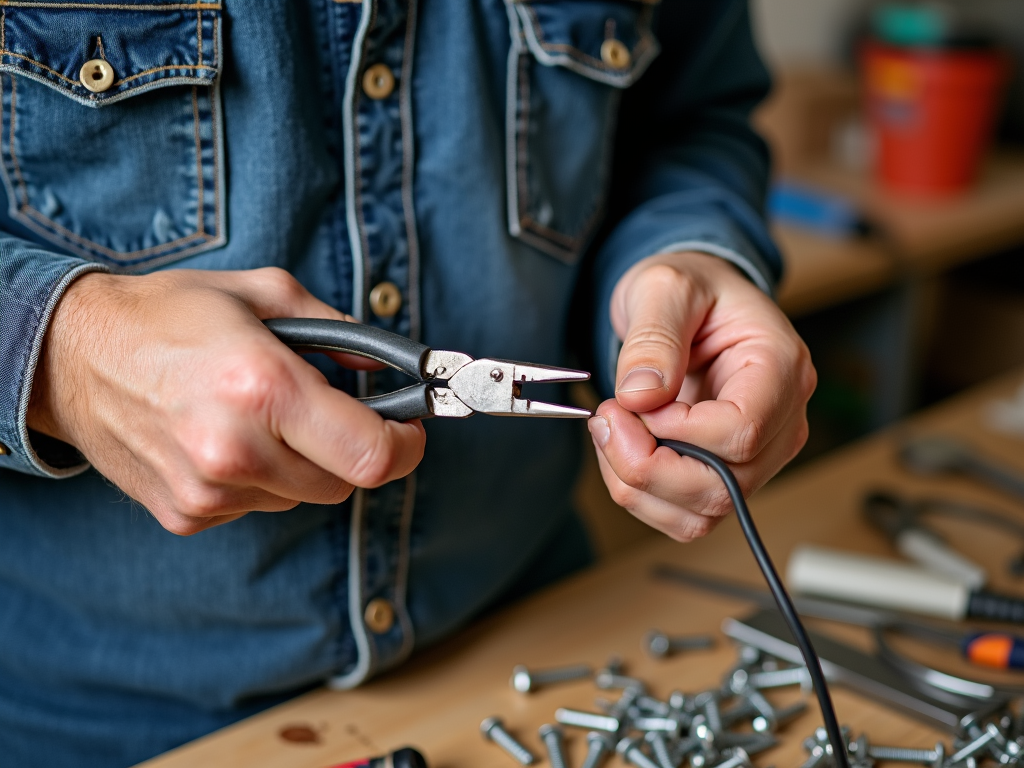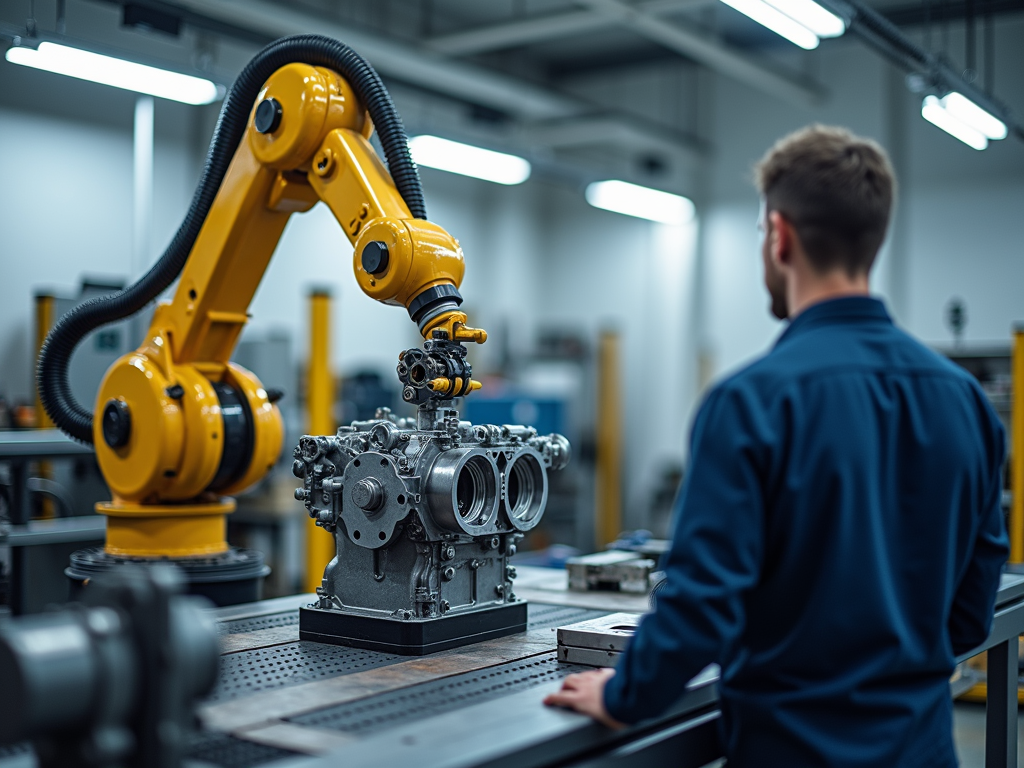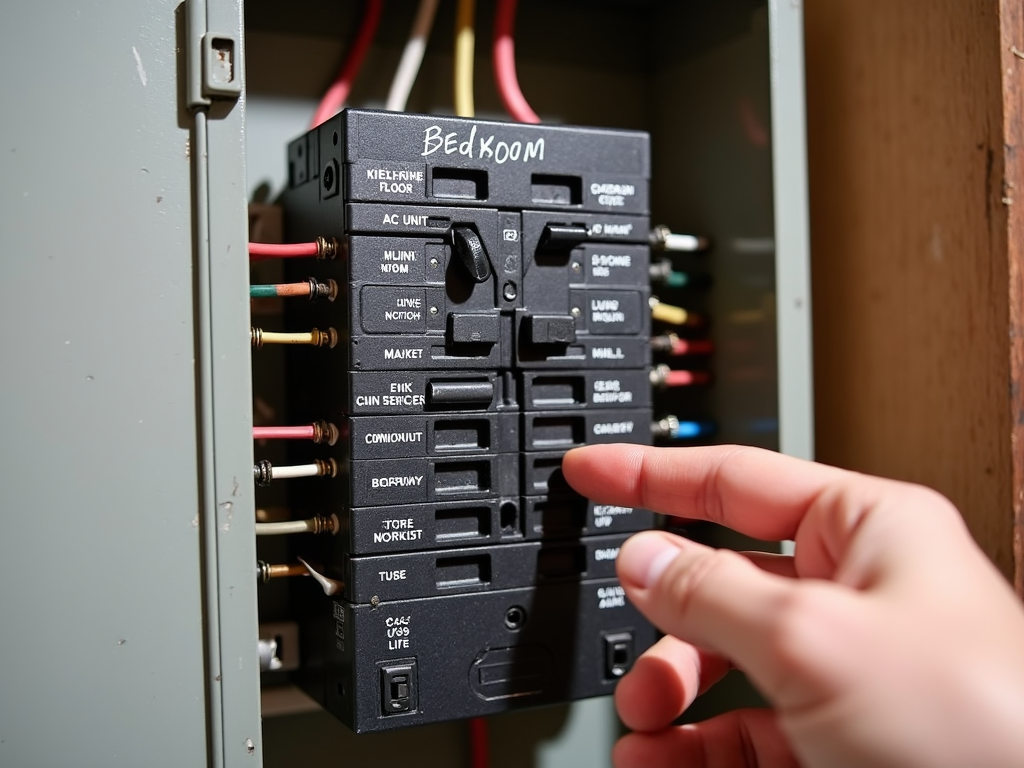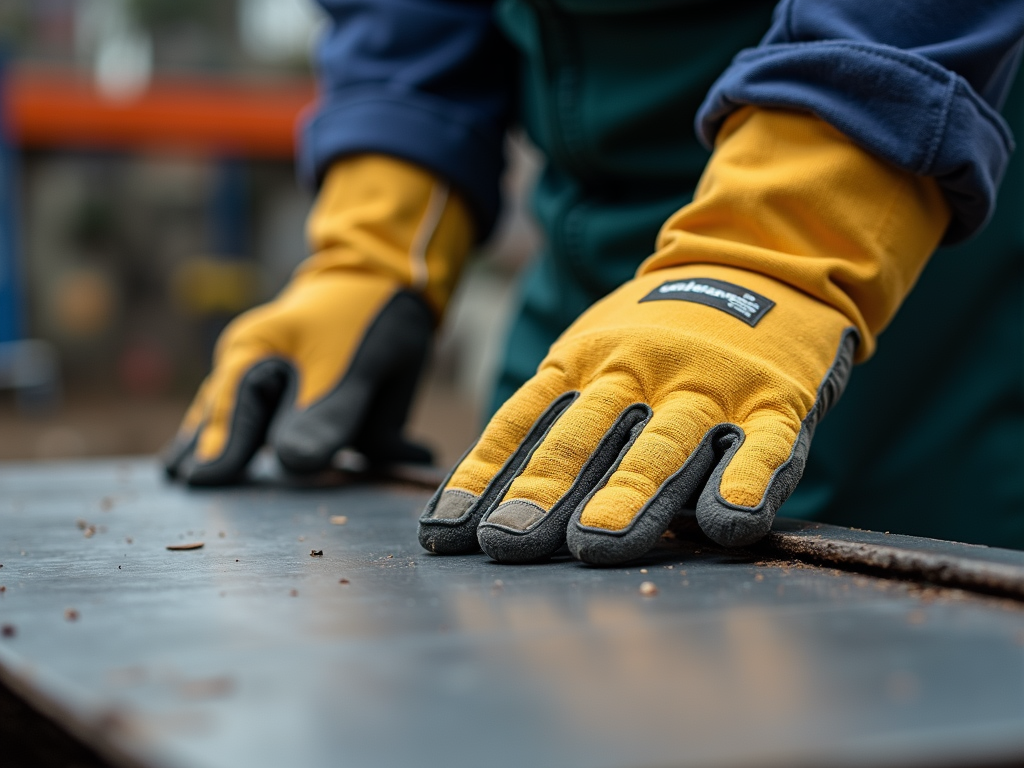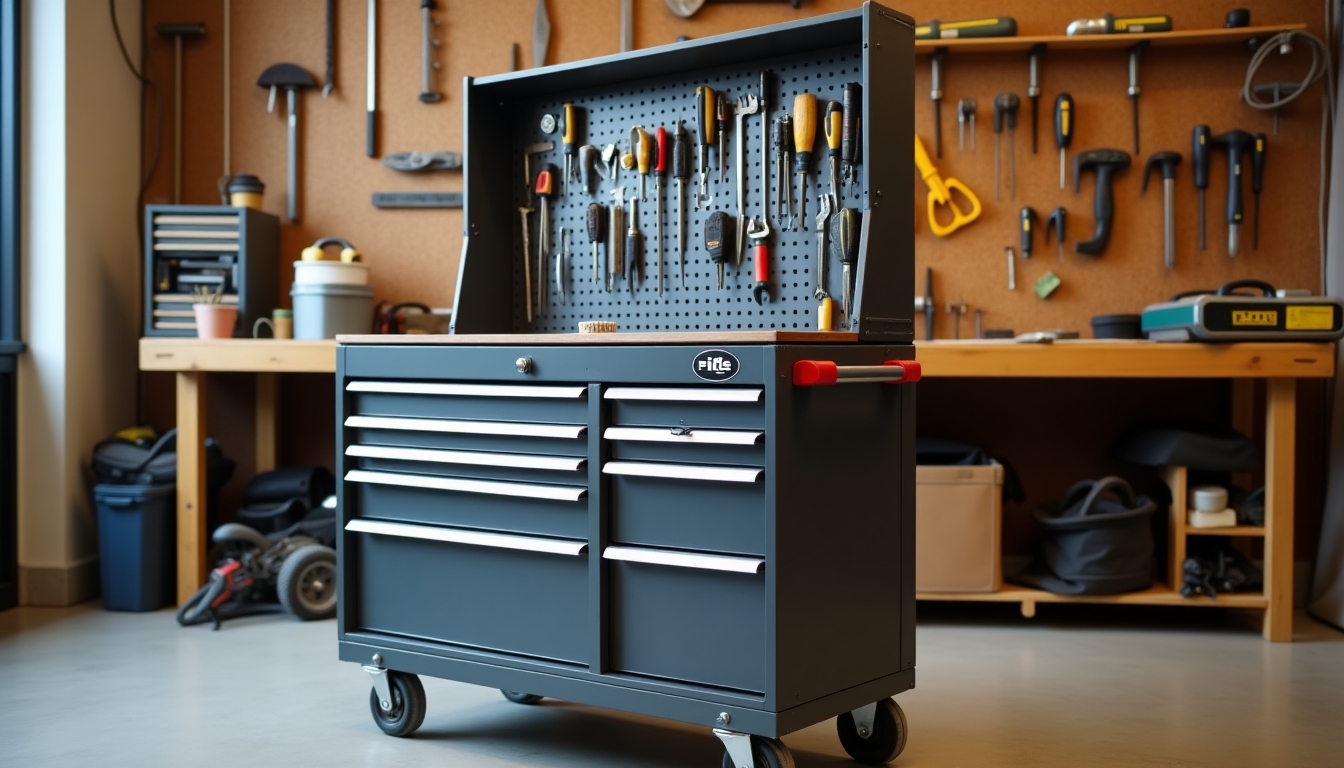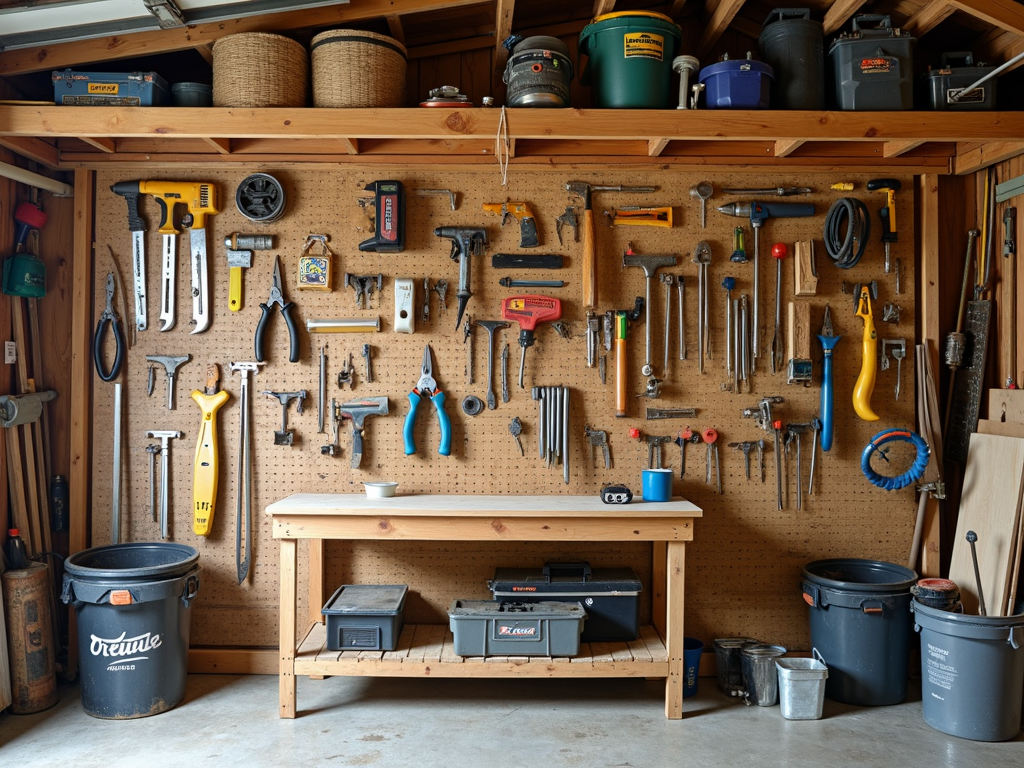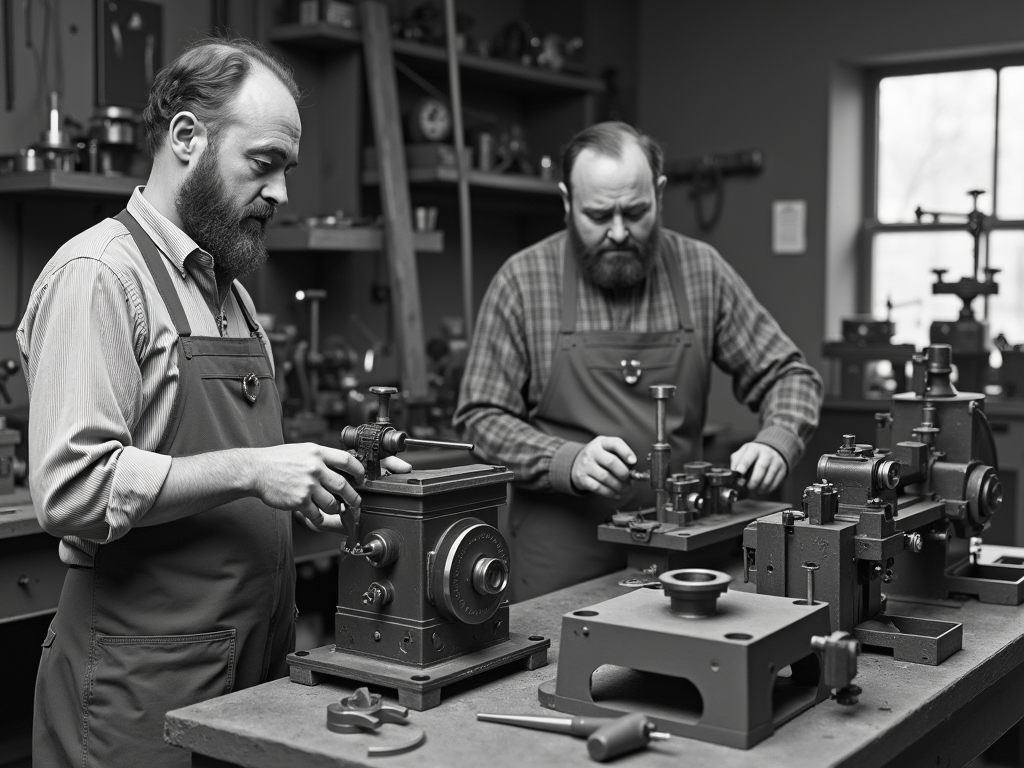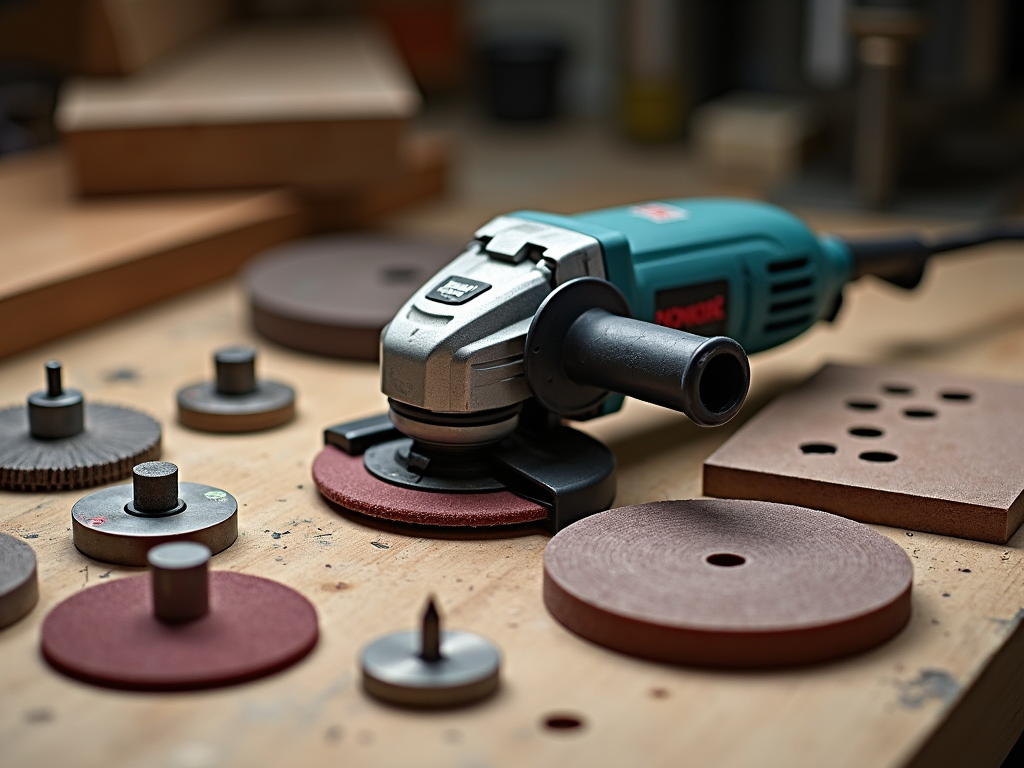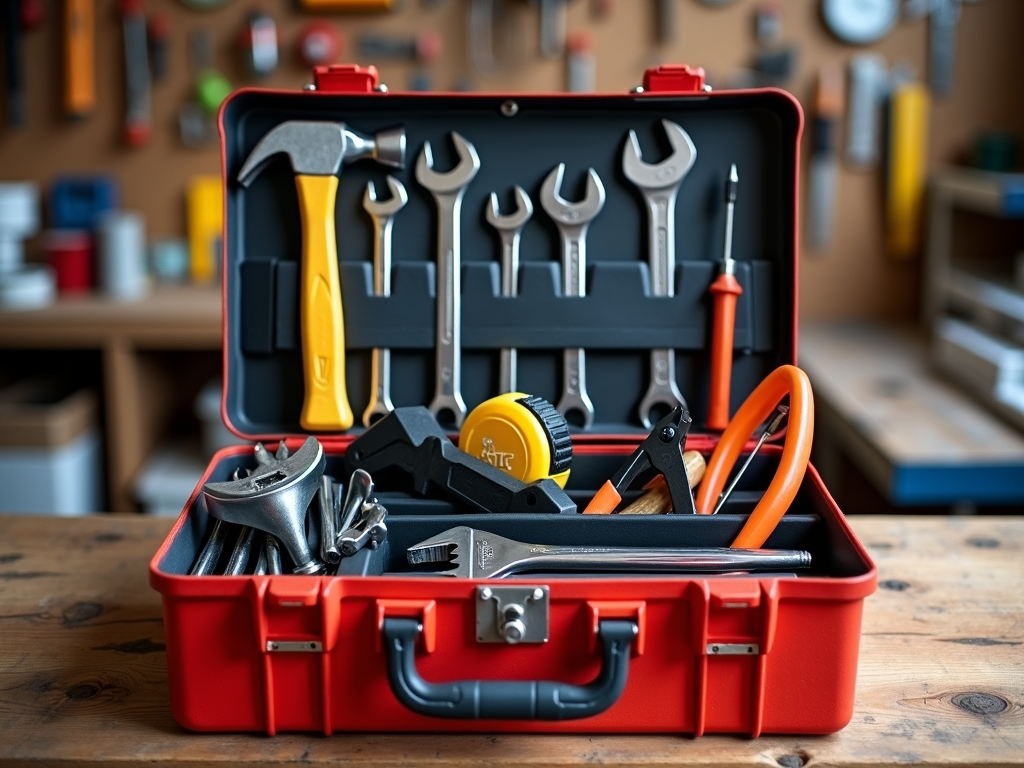Power tools are a staple in woodworking and construction, offering unparalleled efficiency and precision. However, they also come with inherent risks, especially table saws, which are known for causing severe injuries if not handled properly. This article explores the critical role of advanced safety features in power tools, focusing on table saws, to help you understand how these innovations can protect you and enhance your woodworking experience.

Table saws are particularly notorious for accidents, with over 30,000 injuries reported annually in the United States alone, according to the U.S. Consumer Product Safety Commission. Common injuries include lacerations, amputations, and even fatalities, often resulting from blade contact, kickback, or improper handling. These statistics highlight the urgent need for advanced safety features in power tools.
Advanced safety features in table saws are designed to mitigate these risks effectively. Key features include:
- Blade Guards: These transparent covers enclose the blade, preventing accidental contact while allowing visibility.
- Riving Knives: Positioned behind the blade, these metal plates keep the kerf open, preventing kickback.
- Anti-Kickback Pawls: These devices grip the wood if it starts to kick back, stopping its motion.
- Flesh-Detection Technology: Advanced systems that detect human flesh and stop the blade instantly, minimizing injury.

Let's delve deeper into how these features work:
- Blade Guards: By covering the blade, they create a physical barrier between your hands and the sharp teeth. Modern designs are less obtrusive, so they don't get in the way of your work.
- Riving Knives: They adjust with the blade height, maintaining a consistent position to prevent the wood from pinching the blade and causing kickback.
- Anti-Kickback Pawls: Equipped with teeth, these pawls dig into the wood if it moves backward, effectively halting its motion.
- Flesh-Detection Technology: Utilizing electrical signals, these systems can distinguish between wood and flesh. Upon detection, they activate a brake that stops the blade in less than 5 milliseconds.
The benefits of using table saws with these advanced safety mechanisms are manifold:
- Injury Prevention: The primary advantage is the substantial reduction in the risk of severe injuries.
- Confidence and Productivity: With safety features in place, woodworkers can focus on their craft without undue fear, potentially boosting productivity.
- Regulatory Compliance: Many workplaces mandate the use of safety features to adhere to occupational safety standards.

When choosing a table saw, consider the following factors to ensure you select one with adequate safety features:
- Safety Features: Look for essential mechanisms like blade guards, riving knives, and anti-kickback pawls. Flesh-detection technology is an excellent addition if within your budget.
- Ease of Use: Safety features should be user-friendly and not obstruct your workflow.
- Reputation and Reviews: Opt for models with positive feedback regarding their safety and performance.
- Budget: While safety is paramount, it's essential to balance it with your financial constraints.
Maintaining these safety features is crucial for their effectiveness:
- Regular Inspection: Periodically check that all safety devices are functioning correctly.
- Proper Installation: Always follow the manufacturer's instructions for installing safety features.
- Training: Ensure you and anyone using the tool are educated on safe operation practices.
- Protective Gear: Always wear appropriate safety equipment, such as glasses, gloves, and hearing protection.
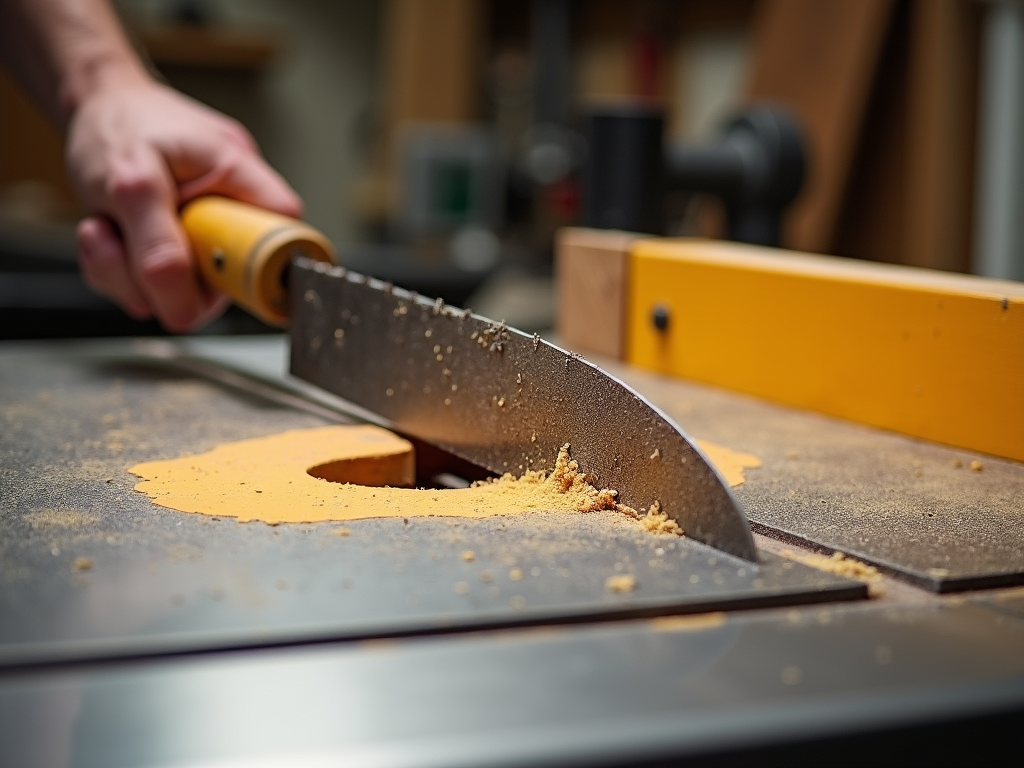
In conclusion, advanced safety features in power tools, particularly table saws, are indispensable for protecting users from serious injuries. By understanding and utilizing these features, woodworkers can enjoy their craft with greater peace of mind. Always prioritize safety to ensure a productive and injury-free woodworking experience.
Related Understanding the Importance of Advanced Safety Features in Power Tools:
- Essential Tools for Every Handyman: A Comprehensive Guide
- The Future of Workshop Equipment: Trends to Watch
- How to Pick the Perfect Screwdriver for Any Task
- A Simple Guide to Your Home’s Electrical Setup
- DIY Projects for Beginners: Getting Started with Basic Tools
- Safety First: Protecting Yourself in the Metalworking Shop
- Breaking It Down
- Ultimate Guide to Mobile Storage Carts for Tools
- Tool Maintenance: Tips for Longevity
- The History of Black & Decker: Pioneers of Power Tools
- The Benefits of Using a Rotary Tool: A Must-Have for Every Craftsman
- Essential Tools Every Workman Must Have: A Comprehensive Guide
